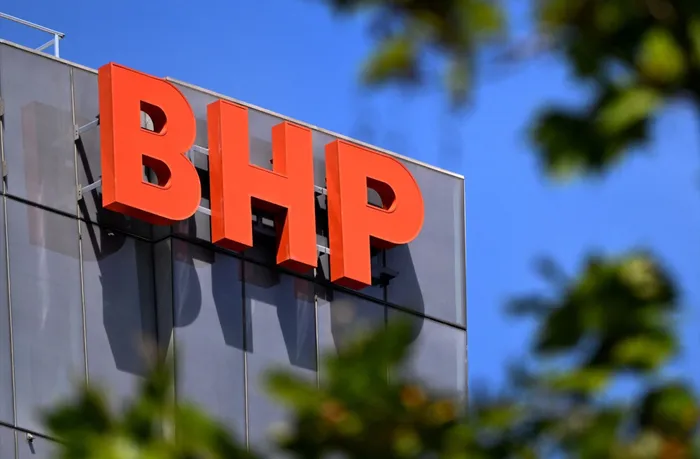BHP reports strong first quarter performance with increased copper production
Mining

BHP headquarters in Melbourne, Australia. The diversified mining commodities group, which is listed on the JSE, London, the US and in Australia, reported a strong first quarter performance to the end of September 30, 2025, with overall copper production up 4% and growth projects on track.
Image: Supplied
BHP gathered strong momentum through its first quarter to end-September and is on track to deliver on full-year guidance and further progress its growth pipeline across Australia and the Americas, CEO Mike Henry said Tuesday.
In an operational review released Tuesday, BHP said group copper production increased 4% to 494 000 tons, driven by record concentrator throughput at its flagship Escondida mine in Chile. Performance at Copper SA was strong, and major planned maintenance was safely executed. Copper production guidance for the 2026 financial year was unchanged at between 1 800 000 and 2 000 000 tons.
"We’ve made a strong start to the year, highlighted by disciplined operating performance and execution of scheduled maintenance,” said Henry.
Iron ore output from Western Australia Iron Ore (WAIO) was down 1% to 64 million tons after planned maintenance, but record material mined was achieved, and a rebuild of Car Dumper 3 was completed ahead of schedule.
Copper South Australia production was down 1% to 72.6 kt, driven by improved mine productivity at Olympic Dam and Prominent Hill, with strong smelter and refinery offsetting lower grade. Planned maintenance was completed at Olympic Dam on the underground materials handling system, mills, and the refinery, and the integration of HydroFloat technology at Carrapateena continued.
BMA metallurgical coal production increased 8%, enabled by strong stripping performance and improved mining rates at Broadmeadow. In September, approval was received for the Environmental Impact Declaration (DIA) for the Laguna Seca Expansion at Escondida.
“The DIA permit for the Escondida New Concentrator remains on track to be submitted in the second half of the 2026 financial year,” Henry said. BHP had welcomed state and federal ministers for a site visit to Copper SA, where initiatives were underway to strengthen mining productivity.
During the quarter, BHP issued bonds of EUR 1.4 billion and USD bonds of $1.5bn, and a $5.5bn revolving credit facility was refinanced. Copper South Australia entered into its largest renewable electricity supply agreement.
Growth and decarbonisation milestones in the quarter included securing environmental approval for the Laguna Seca Expansion at Escondida and Copper South Australia's renewable electricity agreement.
Both stages of the Jansen potash project in Canada were advancing, with Stage 1 reaching 73% completion and on track for production to begin in 2027, while Stage 2 was 13% complete. “Jansen is expected to be one of the lowest-cost producers,” said Henry.
BHP directors said overall macroeconomic signals for commodity demand remained resilient, and global growth forecasts were moving higher. The copper assets in Chile, Australia, and Peru continued to benefit from firm prices and tightening global supply.
“While we expect some deceleration in growth in the second half in China, we still expect GDP growth of 5% for the year. In copper, major disruptions at some of our competitors’ mines have tightened overall market fundamentals, benefiting our portfolio of assets.”
Due to market conditions and the unsustainable impact of the Queensland government's coal royalties on business returns, Saraji South, part of the Saraji mine complex, would be placed into a period of care and maintenance.
BUSINESS REPORT